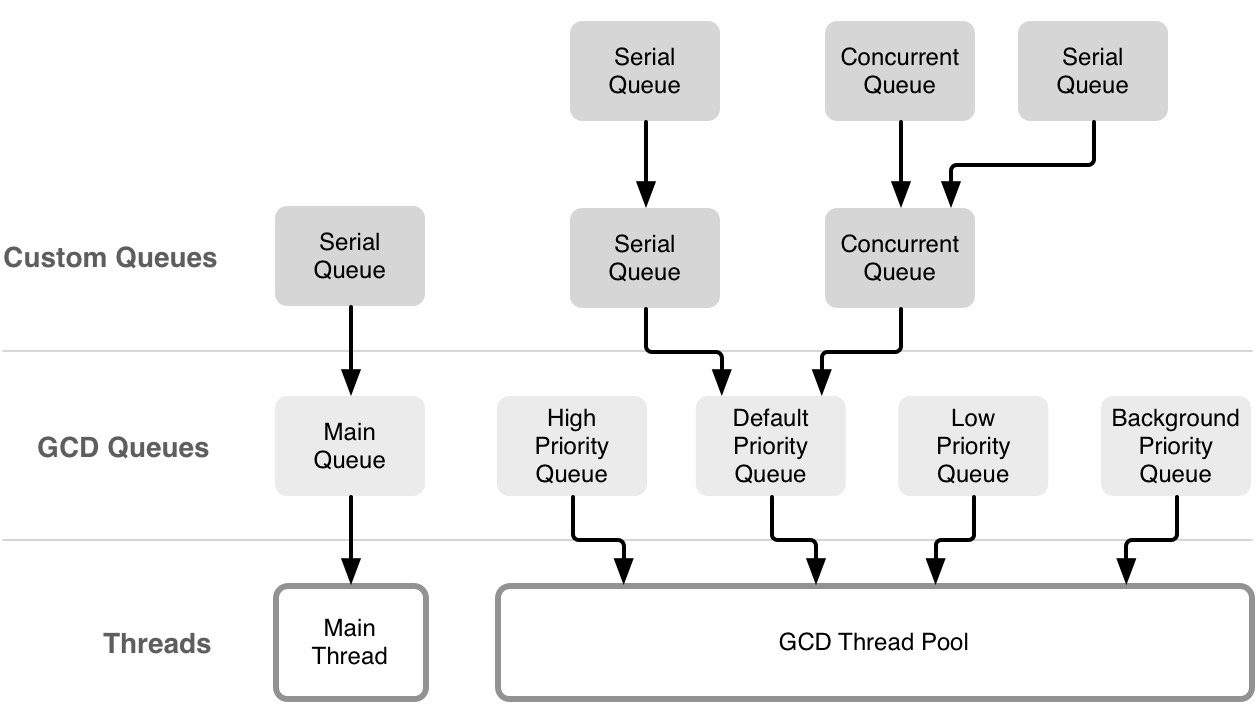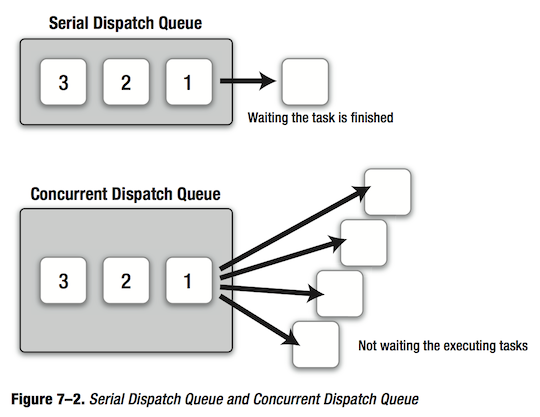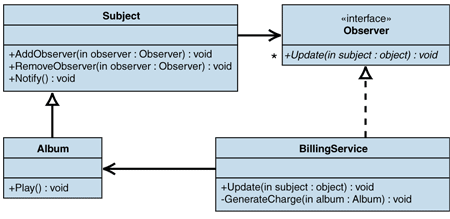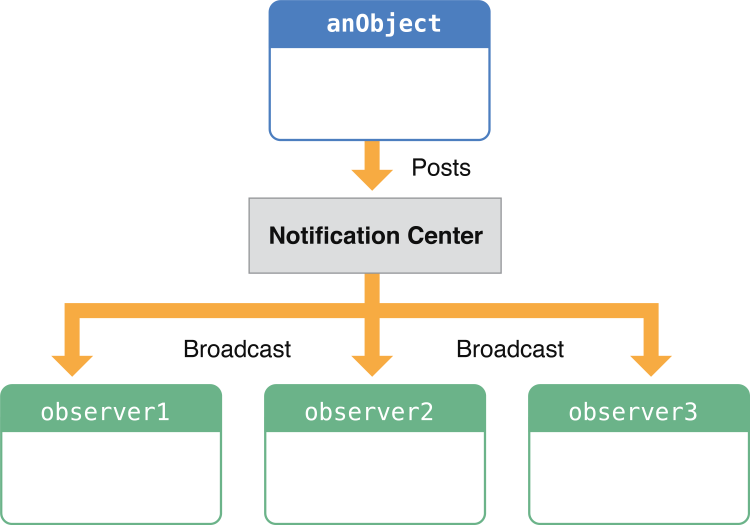CS333
Mobile Development
Ilya Loshkarev loshkarev.i@gmail.com
SFEDU 2016
Overview
Grand Central Dispatch
Concurrency & Parallelism

Queue Abstraction

Dispatch Queue
in their turn

Queue Type vs Dispatch Type
Queue
- Concurrent - unordered
- Serial - ordered
Dispatch
- Async - no wait
- Sync - wait
Quality of Service
System prioritizes and schedules queues
according to their QoS attribute
- User Interactive
- User Initiated
- Utility
- Background
- Default
Ghost of the Syntax Past
// Get some queue to put our task into
dispatch_async(
dispatch_get_global_queue(
Int(QOS_CLASS_USER_INITIATED.rawValue), 0) )
{
/* do some heavy TASK */
dispatch_async(dispatch_get_main_queue()) {
/* present results to the user */
}
}
Depricated since iOS 10.0 👌
Calling for Dispatch Queues
// Get some queue to put our task into
DispatchQueue.global(qos: .qosUserInitiated).async {
/* do some heavy work */
DispatchQueue.main.async {
/* present results to the user */
}
}
Creating Dispatch Queues
let backgroundQueue = DispatchQueue(label: "com.app.queue",
qos: .background,
attributes: .concurrent)
backgroundQueue.async {
print("Dispatched to background queue")
}
Operation Queue
Core Data Concurrency
Private Queue
let privateMOC = NSManagedObjectContext(
concurrencyType: .PrivateQueueConcurrencyType)
privateMOC.parentContext = context
Child context with its own private queue
allows to perform concurrent operations
Perform Block
privateMOC.performBlock {
for data in collection {
/* insert objects into the private context */
}
// save changes to parent context
try! privateMOC.save()
context.performBlockAndWait {
/* go to main queue to save changes */
try! context.save()
}
}
performBlock puts closure into context's queue of operations
Notifications
Observer Pattern

Notification Center

let defaultCenter = NotificationCenter.default
Notification
name: String // unique name
object: AnyObject? // sender
userInfo: [:]? // additional data
An object distributed through Notification Center
Post
defaultCenter.post(name: "MyNotification", object: self)
defaultCenter.post(name: "MyNotificationWithPayload",
object: self,
userInfo: ["payload" : myPayload])
Any notification should have a unique name within an app
It is a good idea to store notification names in an enumeration
Observe
defaultCenter.addObserver(self,
selector: #selector(myNotificationHandler),
name: "MyNotification", object: sender)
Calls self.myNotificationHandler
whenever MyNotification is posted
defaultCenter.removeObserver(self,
name: "MyNotification", object: sender)
Observers should be removed manually on deinit
Observe with Block
defaultCenter.addObserver(forName: "MyNotification",
object: sender, queue: nil) {
[weak self] notification in
/* handle notification */
}
Performs closure in specified queue
Strong references to self in closures
can create reference cycles
Concurrency
DispatchQueue.main.async {
defaultCenter.post(name: "MyNotification", object: nil,
userInfo: ["data":data])
}
Regular notification centers deliver notifications on the thread
in which the notification was posted
Core Data Notifications
defaultCenter.addObserver(self,
selector: #selector(managedObjectContextObjectsDidChange),
name: NSManagedObjectContextObjectsDidChangeNotification,
object: context)
Managed Object Context has three types of notifications
// NSManagedObjectContext ObjectsDidChange Notification
// NSManagedObjectContext WillSave Notification
// NSManagedObjectContext DidSave Notification
Context Did Change
func managedObjectContextObjectsDidChange(notification: NSNotification) {
// userInfo holds information about the changes
guard let userInfo = notification.userInfo else { return }
if let inserts =
userInfo[NSInsertedObjectsKey] as? Set<NSManagedObject> { }
if let updates =
userInfo[NSUpdatedObjectsKey] as? Set<NSManagedObject> { }
if let deletes =
userInfo[NSDeletedObjectsKey] as? Set<NSManagedObject> { }
}
Considered Harmful?
- Notifications make it harder to trace the flow of control
- Deinitialized observers crash the app
- Notification centers are not well suited for unit tests
